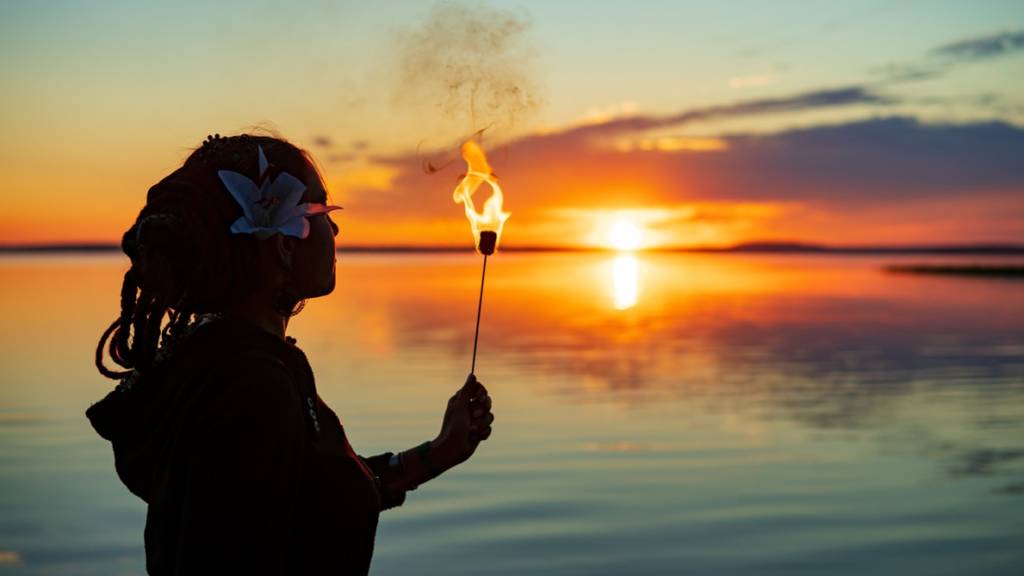© 2024 Sleep Coast, LLC. All Rights Reserved
The Evolution of Sleep: How Sleep Has Changed Through History
- 06/12/2023
- No Comments
Ben Trapskin
I have carefully studied and evaluated many mattresses, sheets, pillows, duvet inserts, comforters, sleep gadgets, and adjustable beds for over a decade. My insights and evaluations are grounded in both my extensive personal experience and valuable customer feedback. I have expertise and knowledge of the industry. I have used this to conduct detailed assessments of products. My insights and guidance have given consumers the best sleep experience. I am committed to quality and excellence in this field.
EXPERT TESTED
Every product is tested with a variety methods to give you the best assement of what it will actually feel like and if it is good quality.
UPDATED REGULARLY
Our reviews are updated daily and we strive to produce the most useful content so you can make an informed decision.

Sleep is as common as breathing. We don’t need to wonder why it happens. It’s what we always do. Every living creature has a set time for sleep, including humans. It’s an intrinsic part of our daily routine, so normal that we never question our sleep habit.
The need for rest has existed since the beginning of time. Ancient humans had several other habits besides sleep that they later grew out of with the dawn of civilization. The eating habits have also changed as civilization has progressed. However, the need for sleep is something that has remained unchanged. The ancient man needed the same amount of rest that the modern man does. What has changed are the sleep habits and patterns.
While the need for sleep has remained unchanged, a lot has changed about the way people get their sleep. The ancient humans got their sleep in ways different than what we are familiar with today. Charles Darwin, the father of evolution, had first suggested the need for sleep by all living creatures. At first glance, sleep can seem like a bad idea. In fact, most people consider sleeping a waste of time. Being unconsciousness for several hours every day robs people of the time to accomplish various necessary activities. When creatures sleep in the wild, they also have the danger of being hunted down by predators. But sleep is something that everyone engages in, nevertheless.
Sleep is mostly needed because it’s a means to conserve energy and replenish the energy lost during the day. Energy is what helps us remain active and alert throughout the day, and without a period of rest, the body has no way to replenish the energy that’s being used up by the cells during the waking hours.
Table of Contents
ToggleChanges in Sleep Patterns Over the Years
Most of us enjoy sprawling on a soft, comfortable bed in a quiet, cozy bedroom to go into snooze mode. But it wasn’t this way always. The sleep habits of humans have undergone significant changes over the centuries. Did you know that in the 16th and 17th centuries, people went to sleep as early as 6 in the evening? That’s because there was no electricity and nothing to do after dark. Turning out the lamps and going to sleep was also a way to save on energy because oil to light the lamps could be expensive.
After electricity was invented, people started going to bed later because they could work after dark. The dinner and supper times also changed, because people no longer had to go to bed because there was nothing to do. The invention of electrical and electronic devices such as the transistor and the television further influenced sleep patterns, because people enjoyed entertainment after work.
Over the years, sleep patterns, positions, timing, and bedding have undergone tremendous changes. Beginning from the early man to the Egyptians to the modern man, sleep has kept changing throughout the years.
Early Man: Very little is known of the early man’s sleeping habits. But from carvings on cave walls and other ancient documentation, it can be deciphered that they slept in beds of grass and other soft materials on the ground. Because these beds were small and round in shape, it is understood that the early men slept in the fetal position.
Ancient Civilization: At the beginning of civilization, the man had grown out of the wild stage, but still didn’t have the light of knowledge. Sleep, therefore, was a mystery, and people were scared of it. The Egyptians worshipped sleep because they considered it akin to death. With the dawn of civilization, the man had also started to make houses and beds to sleep in. For instance, the Romans had tiny bedrooms with low ceilings and small beds.
Middle Ages: In the Middle Ages, people had proper houses and rooms, but the whole family usually slept in one big bed, in order to conserve heat. Bedframes and mattresses had already been developed, while bedframes started to become ornate and decorative in China.
Industrial Revolution: This is the period when electric light sources are developed, and people start to shift from a mainly agrarian economy. Beginning from the Industrial Revolution, people start going to sleep later. They not only work after sundown but also enjoy reading and other forms of entertainment, thanks to electricity. Having separate bedrooms also becomes the norm from this time.
19th and 20th Centuries: This is the time when metal bedsprings are invented. During the latter part of the 19th century, the waterbed and the Murphy bed are invented. At the end of the 20th century, memory foam is invented and eventually becomes affordable enough for the average people.
21st Century: Sleep is a whole industry today, with various sleep aids and technologies to help people get sufficient and restful sleep. However, technology is also often the reason behind the lack of enough sleep.
Sleep Habits – Then Vs. Now

During early civilization, beds were of no standard size. Beds were individually made, according to the size and preference of the person. However, today beds have standard sizes and aren’t usually made individually. Mattresses are usually customized, but bed frames are of standard sizes.
Sleep patterns have also changed over the years. Today, people have a monophasic sleep pattern, i.e., sleeping in one long chunk. However, earlier, people slept in two chunks of four hours each, with around two hours of break in between. During this break, people read, visited neighbors, or had sex. By the 1920s, this polyphasic sleep pattern had become unusual.
Bed springs were later used to support mattresses. But earlier, ropes and wool straps were used to make bedframes. Today, there are various types of bed frames, made from iron, wood, as well as engineered wood. Mattresses are also made of various materials and are often have computerized controls.
An interesting fact is that spouses slept in separate bedrooms, while all the children slept in one room. This is unlike today when spouses usually sleep in the same room while children have separate rooms.
Importance of Sleep
We tend to believe that sleep is a period of inactivity. But actually, sleep is when the body and the brain undergo various processes for rejuvenation, development, and growth. When we sleep, our body conserved energy and prepared for the next day.
Some of the things that sleep helps with are:
- Learning
- Memory
- Mood
- Appetite
- Immune system
- Heart health
- Stress management
- Weight management
Although science still cannot pinpoint exactly why we need sleep, we do know that it’s good for us. Going without enough sleep for a long time affects appetite, mood, productivity, concentration, weight, and physical health.
Benefits of Napping

When napping, remember to set the alarm so that you wake up right after you complete one sleep cycle. Any longer, and you risk entering sleep inertia. Finding a quiet and dark place is also important. Napping is extremely beneficial to physical and mental health, so don’t feel guilty about sleeping in the middle of the day.
Have Questions?
Text us at 858-232-5760 for assistance. We’re happy to help!
